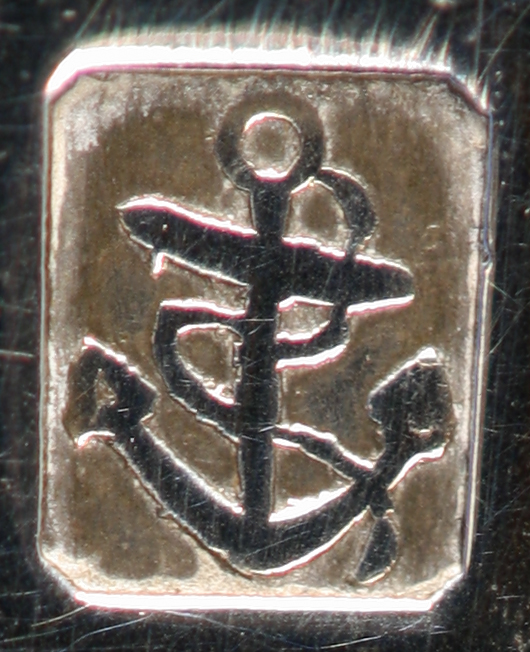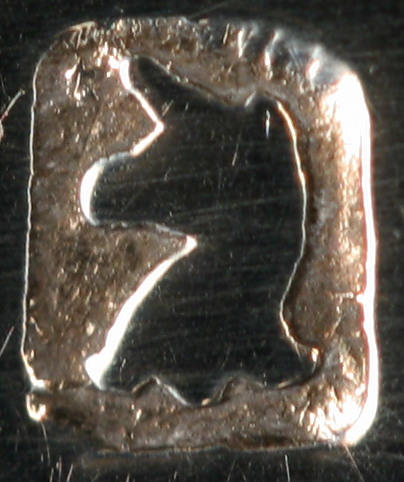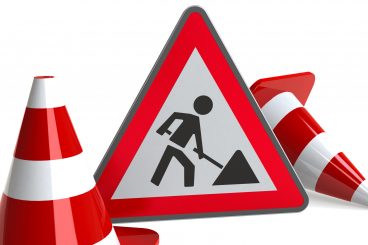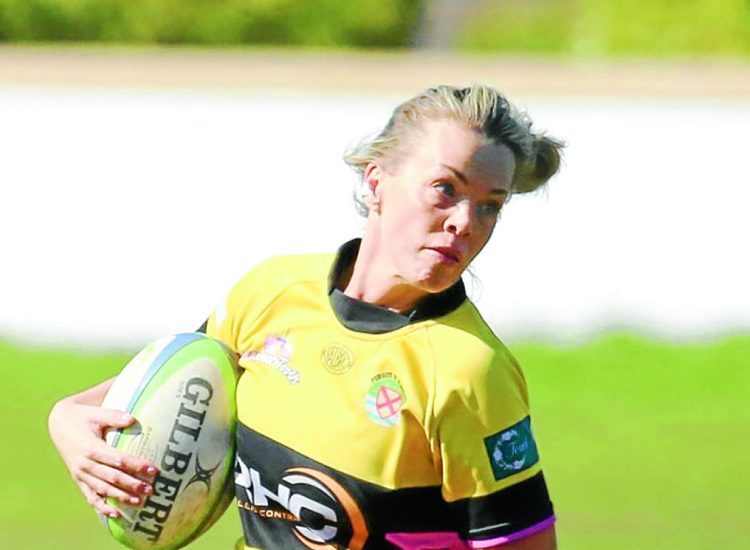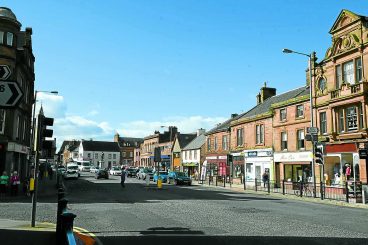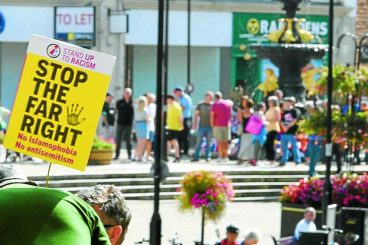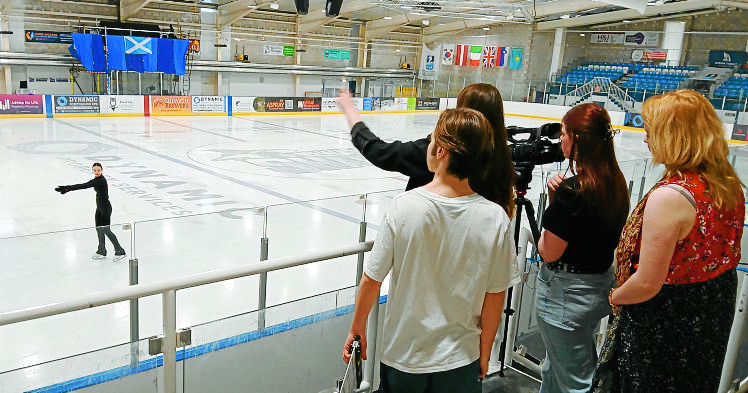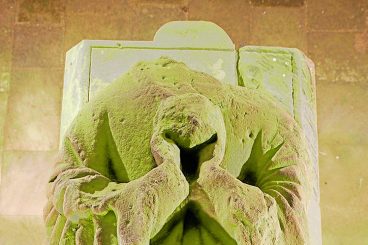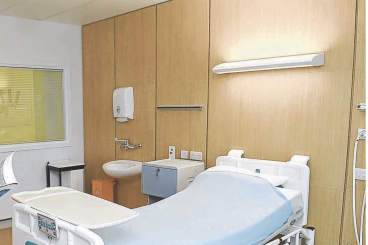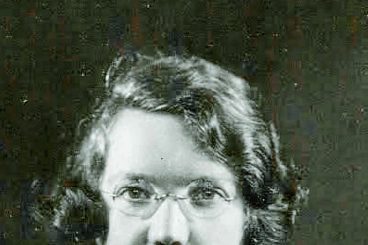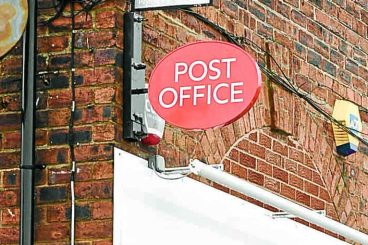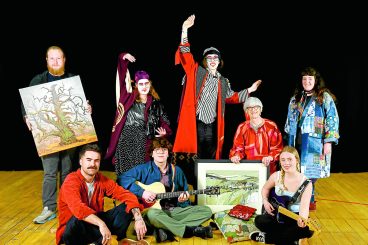Mr Dalgleish recently retired from the post of Keeper of Scottish History and Archaeology at National Museums Scotland. He said: “Silver has played an important part in Scottish history from the time of the Romans onwards. It played a key role in establishing and communicating power and prestige. In more modern times it was seen as a display of wealth and good taste.”
Entitled “Collecting Scottish Silver”, the talk will look at silver made by Scottish craftsmen from the 16th century onwards and will be illustrated with examples from the Dumfries Museum collection.
The museum’s silver collection has been refreshed over the last year in a new case funded by Museums Galleries Scotland. New items are on display thanks to the National Fund for Acquisitions and generous individual donors and include an early 19th century cream jug made by Dumfries silversmith Joseph Pearson and a silver gun medal that was presented to Hammerman (blacksmith) James Johnston in 1828.
The earliest reference to a silver trade in Dumfries occurs in 1504 when King James IV paid “the Dumfries goldsmith” 14 shillings for falconry equipment. Between 1500 and 1900 there were over 30 silversmiths living and working in Dumfries. Their output was mainly flatware or cutlery and other tableware, but they also made medals, communion cups and snuff mulls.
The town had its own marks for silverware, they were an anchor, a unicorn’s head and a stag’s head -see below.
The talk takes place at Dumfries Museum on Thursday from 6.30 pm.
